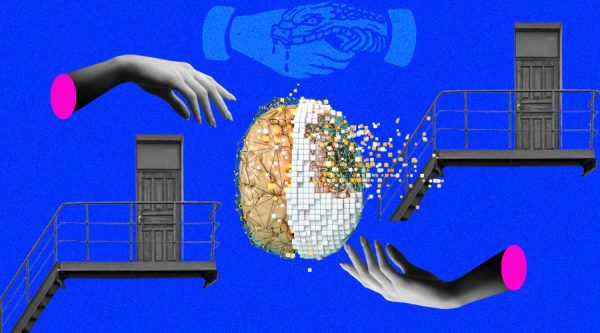New Delhi: Scientists have used machine learning to develop a design map of alloys at the nano-scale which can help predict the match of pairs of metals that can form bimetallic nano-alloys, a new frontier in the quest of new materials having applications in biomedicine and other areas.
These nano-alloys, also called core-shell nano-cluster alloys, are such wherein one metal forms the core and another stays on the surface as a shell. It is important to know under what conditions core-shell structures are formed in the nano-cluster alloys and which metal forms the core, and which stays on the surface as a shell.
The 95 metals from the periodic table can potentially form 4,465 pairs. It is experimentally impossible to determine how they behave in forming nano-cluster alloys. But computers can be programmed to predict the behaviour of these pairs and more through “machine learning” (ML) – here the machine is taught to recognise patterns by feeding in a number of patterns with well-defined attributes.
However, scientists faced a stumbling block here because of the limited number of experimentally synthesized binary nano-clusters with clear identification of the chemical ordering of constituents, and few core shell combinations studied theoretically. ML could not be applied with confidence on small data set of sizes less than or around 100.
However, researchers at the S.N. Bose Centre for Basic Sciences, an autonomous institute of the Department of Science and Technology, circumvented this problem by calculating the surface-to-core relative energy on a variety of possible binary combinations of alkali metals, alkaline earth, basic metals, transition metals and p-block metals to create a large data-set of 903 binary combinations.
In their latest paper published in the Journal of Physical Chemistry, they investigated the key attributes driving the core shell morphology using the statistical tool of machine learning applied on this large data set.
Core shell structures were classified as Type 1 or Type 2 depending on the lower or heavier atomic numbers. A number of attributes were built to characterise each data point in the set. The performance of the ML model was tallied with existing experimental data, and the ML model was proved to be reliable.
Having thus established the confidence in the ML model and after analysing the dominant attributes driving the core shell pattern, results were obtained. The attempt to connect ML with nano-science was successful in tracing the mixing patterns of metal atoms in nano-clusters and formed a basis for the design map, which can help select the pairs of metals for nano-cluster alloys. This design map developed by the scientists will be tested out in the nano laboratories at the Moscow State University and also at the S.N Bose Centre.
Source: siasat.com









